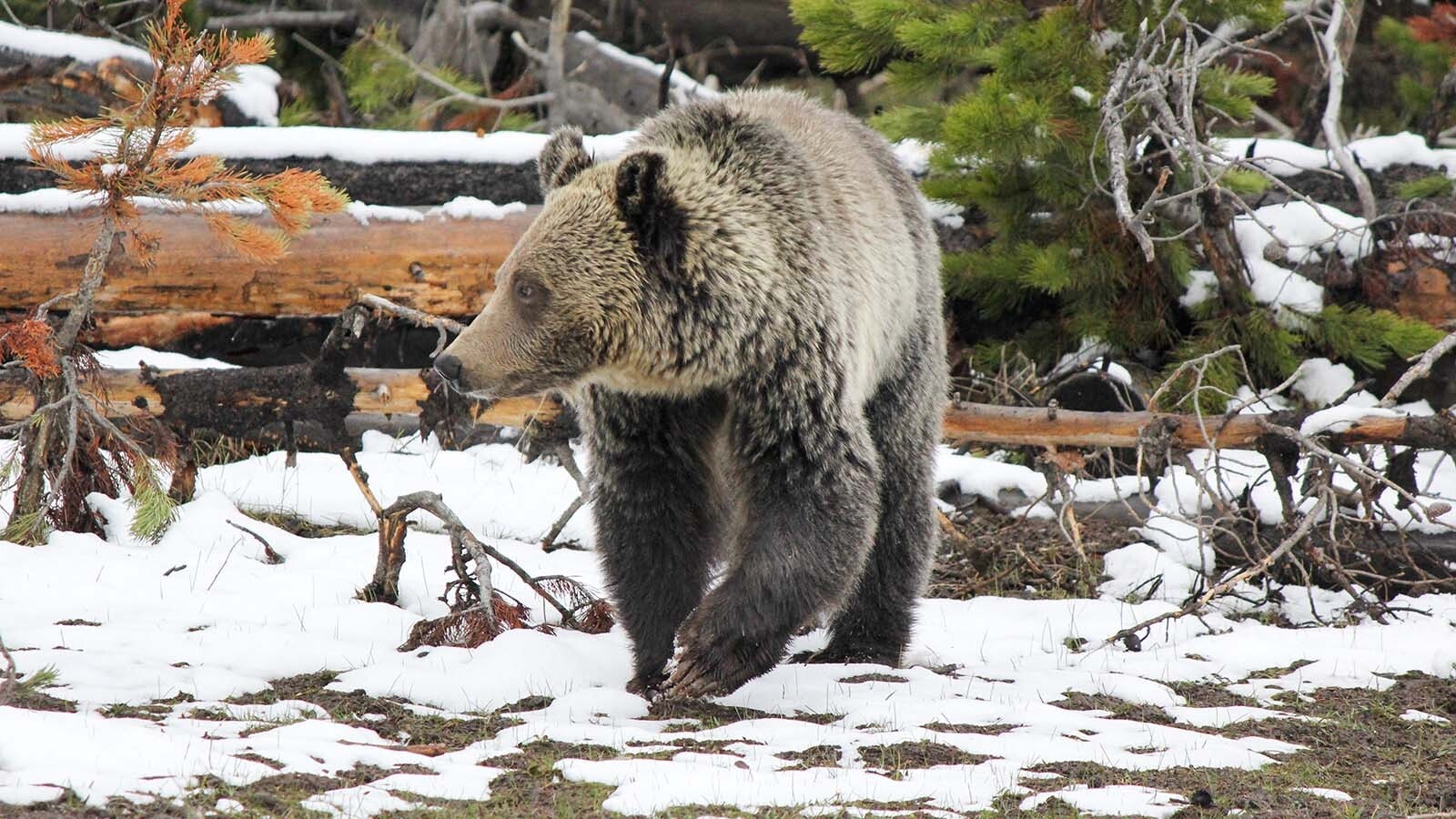At least one fox has been stealing shoes from campers in Grand Teton National Park, so far racking up a score of at least 32 shoes absconded with.
It’s become such a problem that the sly fox has become the park’s “most wanted” criminal.
There might be more than one fox involved — a vulpine shoe theft ring, if you will.
Wildlife experts aren’t sure why the fox or foxes decided to start making off with shoes from the Lizard Creek campground. It could be because the furry bandits like their scent, even though humans find stinky shoes repugnant.
Or, it could be out of curiosity with a touch of mischief.
The thievery, First reported by the Jackson Hole News&Guide, has been prolific enough to prompt the National Park Service to put up posters with the message “Wanted for Grand Theft Footwear,” along with an illustration of a fox with a shoe in its mouth.
It’s a lighthearted way to remind park visitors of a serious matter — keeping wildlife wild and people safe, Grand Teton spokeswoman Emily Davis told Cowboy State Daily.
“On June 26, we posted attention-grabbing signs in the area, asking campers to store shoes and other belongings inside vehicles, bear boxes or occupied tents,” she said.
“Wildlife managers have documented a collared fox in the area, but it’s unclear which fox or how many foxes are responsible, and we don’t yet know where the shoes are being taken,” Davis added.

Toys For The Little Ones?
There’s no way of knowing for sure why foxes might steal shoes, retired biologist Franz Camenzind of Jackson told Cowboy State Daily.
Since canines are naturally curious, reports of the Grand Teton shoe thefts don’tsurprise Camenzind, who studied coyote behavior in and around the National Elk Refuge near Jackson.
“Canines will carry strange things back to the den to chew on,” he said.
It’s also possible that mother fox with kits (baby foxes) might haul things back her den for the kits to play with, he added.
He recalled seeing bits of leather and all sorts of other chewable things stashed around coyote dens, so it’s not too much of a stretch to suppose foxes would engage in similar behavior, he said.
It could be possible that the shoe-stealing fox is looking for fun new toys, Davis said.
“The fox may be attracted to the scent or taste of shoes, or it might simply be treating them like toys,” she said.
“Interestingly, in another example of playful or curious fox behavior, park staff discovered a Kong dog toy last year at a fox den in a different part of the park,” she added.

Habituated Animals
While the fox might be motivated by fun, wildlife getting too used to people can end badly for the animals.
Park managers differentiate between wild animals that are habituated, or used to humans, and those that are food-conditioned, or hooked on human-provided food sources, Davis said.
“The campground fox is habituated, which differs from being food-conditioned,” she said. “Habituation occurs when a wild animal loses its natural wariness of humans, while food-conditioned animals actively seek out humans for food, increasing the risk for a negative human-animal interaction.
“Food-conditioned wildlife might be removed from the park, which can include being humanely killed by park managers to protect public safety.”
As in Yellowstone National Park, visitors to Grand Teton should stay at least 100 yards away from bears and wolves, and 25 yards away from other wildlife, including foxes.
To keep the shoe-stealing fox from ending up in serious trouble, Davis said people should try spooking it away if it gets too close.
“If it approaches you, clap your hands or make noise to encourage it to leave,” she said.
Mark Heinz can be reached at mark@cowboystatedaily.com.





